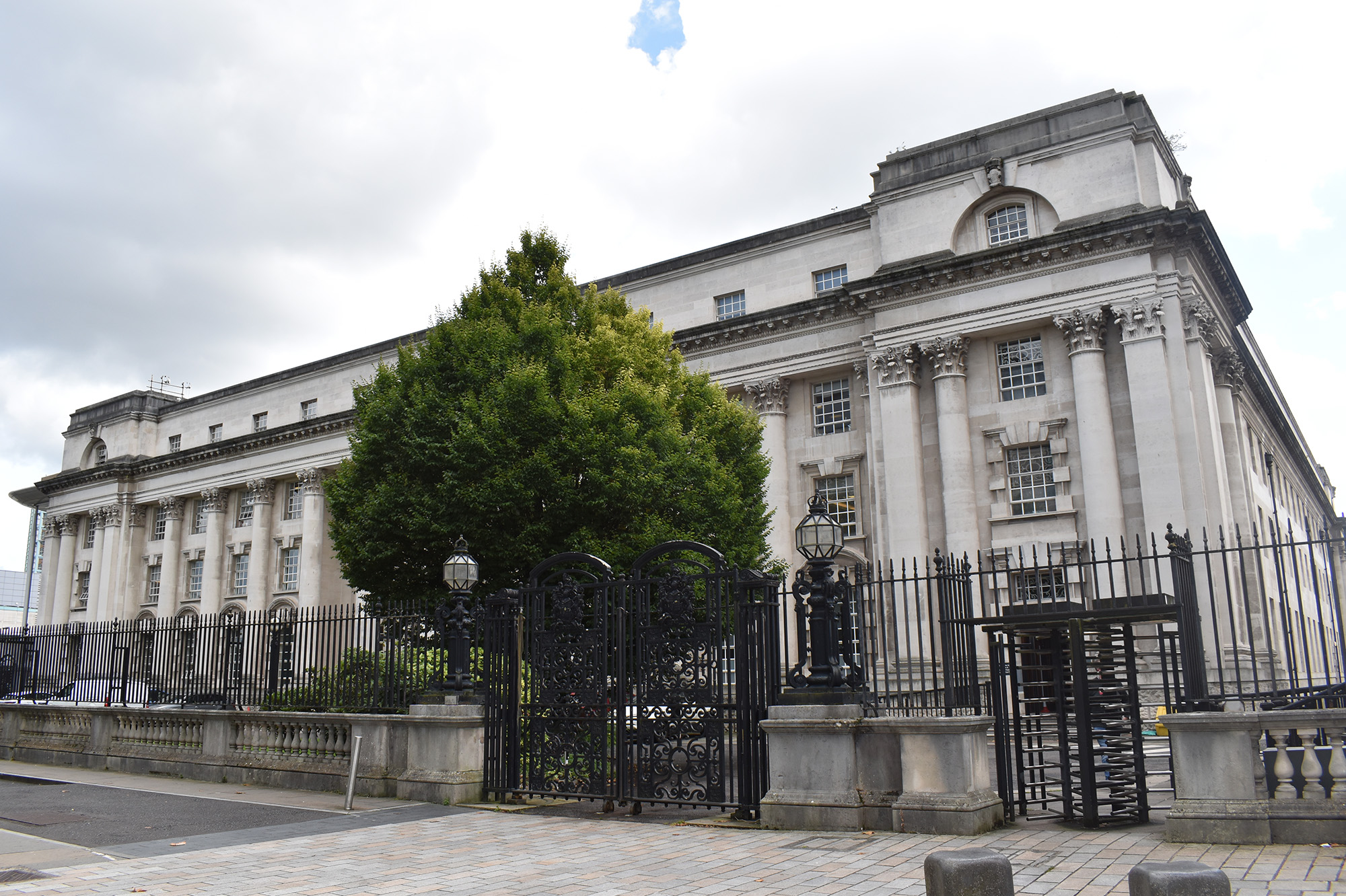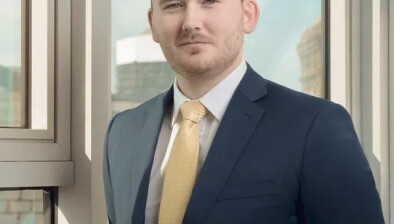NI High Court: Personal injury settlement does not form part of bankruptcy estate

Northern Ireland’s High Court has determined that a personal injury settlement which a man received two years before his bankruptcy did not form part of the bankruptcy estate.

About this case:
- Citation:[2022] NIMaster 10
- Judgment:
- Court:NI High Court
The court found that the sum satisfied a statutory exception, and should be excluded because it represented provisions necessary for satisfying the basic domestic needs of the bankrupt and his family.
Background
The bankrupt involved in this case obtained substantial personal injury damages two years prior to his bankruptcy. The trustee brought an application seeking the court’s direction as to whether the damages constituted “property” forming part of the bankruptcy estate, to be realised for the benefit of the bankrupt’s creditors.
The application was brought pursuant to articles 334(1) and 276(2) of the Insolvency (Northern Ireland) Order 1989, which together allow a trustee to apply to the court for guidance and directions on any issue arising in any bankruptcy.
In July 2010, the bankrupt was involved in a serious road traffic accident, where he sustained life-threatening injuries. He was rendered permanently blind and subsequently lost an eye. He was 49 years old at the time of the accident.
He sought both general and special damages, the latter of which related to his past, present and future care costs. In May 2016, the bankrupt received a total settlement of £719,009.26.
In 2018, during a Preliminary Examination interview with the bankrupt, the bankrupt did not disclose any information about the personal injury claim to the Official Receiver.
The trustee’s statutory investigations later revealed the history of the personal injury claim and the damages obtained by the bankrupt. The investigations also revealed that by 2018 the bankrupt had disbursed all but a nominal amount of the damages from his bank accounts, paying significant sums to close family members.
The bankrupt contended that his personal injury claim was peculiarly personal to him and that any damages arising from it were excluded by law from his bankruptcy.
The trustee argued that the statutory definition of “property” in article 2(2) of the 1989 Order was so wide as to include such property, meaning it formed part of the bankruptcy estate.
This definition includes tangible and intangible assets, cash, money in bank accounts, and choses in action (for example, a personal injury claim).
Consideration
The court noted that while article 2(2) defines property included in a bankruptcy estate, article 11(2) of the Order provides that certain property is excluded from the bankrupt’s estate, which includes, “provisions as are necessary for satisfying the basic domestic needs of the bankrupt and his family.”
In assessing the nature of the personal damages, the court also drew a distinction between actions which are personal to the bankrupt and those which relate to or include his property.
The court considered Ord v Upton [2000] Ch.352 CA. In that case, the bankrupt sued a doctor alleging negligent treatment received by him prior to bankruptcy. The bankrupt claimed damages for pain and suffering as well as damages for past and future earnings.
That court held that such a claim was a hybrid claim as it was in part personal and in part relating to property. As such, the action vested solely in the bankrupt’s trustee with the trustee being entitled to retain damages awarded for past and future loss of earnings but holding any damages for pain and suffering on constructive trust for the bankrupt
In this case, the evidence “clearly showed” that his ability to care for himself on a day-to-day basis was extremely limited and that he would require daily and constant care for the rest of his life.
Further, the evidence showed that the bankrupt’s care was primarily being provided by close family members, including those alluded in the trustee’s application.
Therefore, the bankrupt’s personal injury claim was a personal rather than a hybrid action. Having reached this conclusion, the judge determined that the damages flowing from that claim were personal to the bankrupt and thus excluded from his bankruptcy estate, unless they had since been converted into some other form of property in which he had a clear interest.
The court found that this conclusion echoed Re Wilson Ex parte Vine [1878] 8 Ch.D.364:
“if the bankrupt had accumulated the money and had invested it in some property, that property might be reached by the trustee. But the fact that he could do that does not enable the trustee to intercept the damages before they reach the bankrupt’s hands, or to prevent him, if he has got them, from spending them on the maintenance of himself and his family.”
Although it was ultimately unclear how much of the damages was attributable to care costs, the court nonetheless determined that the care costs came within the statutory exemption contained within article 11(2), “provisions necessary to satisfy the basic domestic needs of the bankrupt and his family”.
Conclusion
Ultimately, for these reasons, the court answered the trustee’s application in negative. The bankrupt was free to make payments or financial gifts to third parties from his damages, as those monies were personal to him, and excluded from the bankruptcy estate.







